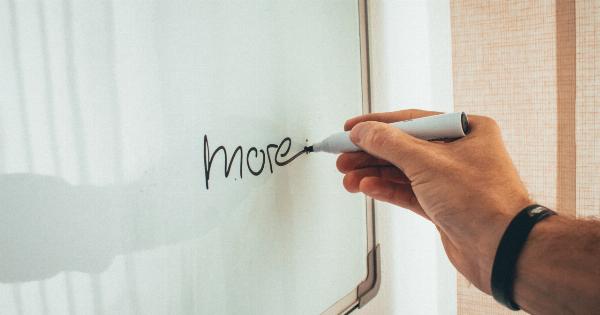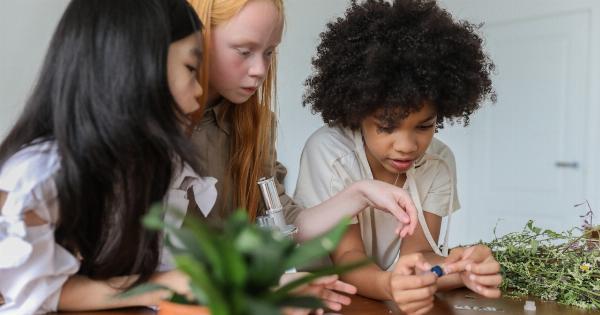In today’s fast-paced world, distractions are everywhere. From smartphones to social media notifications, distractions can hinder our ability to truly listen to others.
If you want to check if you are a good listener, the first step is to remove all distractions. Find a quiet and peaceful environment where you can focus solely on the conversation at hand.
Put away your phone and other electronic devices, close any irrelevant tabs or applications on your computer, and let go of any other distractions that might steal your attention.
Step 2: Practice Active Listening
Active listening is more than just hearing the words being spoken; it involves being fully present and engaged in the conversation. To become a good listener, you need to practice active listening techniques.
Start by maintaining eye contact with the speaker, which shows that you are giving them your full attention. Nod your head and use facial expressions to indicate understanding and empathy.
Encourage the speaker to continue by using verbal cues like “uh-huh,” “I see,” or “tell me more.” Additionally, ask open-ended questions to delve deeper into the topic and show your genuine interest.
Step 3: Reflect and Respond
Mere passive listening without any reflection or response is not sufficient for effective communication. To ensure that you are truly hearing what’s being said, take a moment to reflect on the speaker’s message.
When they finish speaking, summarize their key points in your mind, and think about how it relates to the overall conversation. This step helps you consolidate the information and demonstrates your attentiveness. Finally, respond appropriately to the speaker’s message. Offer your insights, ask follow-up questions or provide feedback.
This not only validates the speaker’s thoughts but also shows that you have actively processed the information.
Conclusion
Listening is a crucial aspect of effective communication, and being a good listener can greatly enhance your relationships, both personally and professionally.
By following these three steps – removing distractions, practicing active listening, and reflecting/responding – you can become a more attentive and skilled listener. Remember that good listening requires continuous practice and a genuine desire to understand and connect with others.
So, the next time you find yourself in a conversation, ask yourself, “Am I really hearing what’s being said?” and employ these techniques to ensure that your answer is a resounding “Yes!”.































